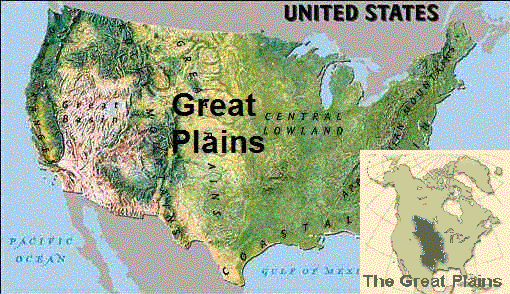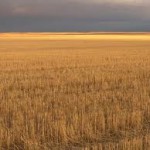Half the material I read calls this area the prairie. The other half uses the term Great Plains. Since I live here and write about life in North Dakota now, I decided that this is the time to figure out the difference, if any, between these two terms.
Yes, a prairie and the Great Plains are different. Sort of, but not really.
The Great Plains is a large geographic area of the US and Canada, as shown in the following maps:
So the Great Plains is a region. I came here thinking of it as a flat region (plains = flat). However, living in ND made me realize that the geology varies. Some areas are flat for hundreds of miles (Kansas) and some terrain is rolling (my section of ND, parts of IA). The Great Plains includes sandhills (NE) and river lowlands (Red River Valley, among many others).
Rainfall and temperatures vary in the Great Plains.
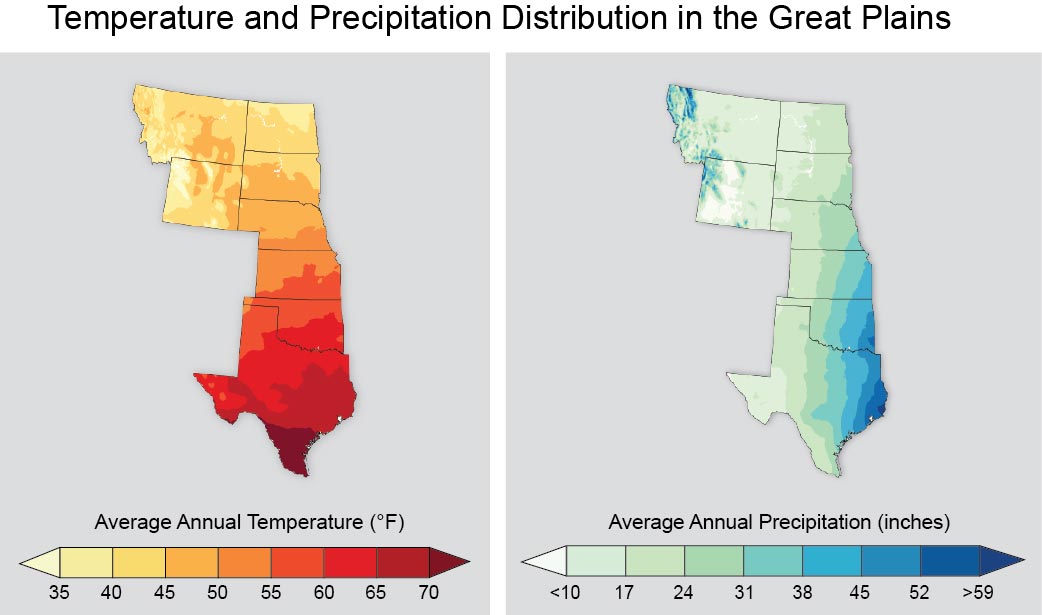
Plant life varies too. Prairies are regions in the Great Plains with primarily grasses and only a few native trees. Contrast this with sagebrush-covered Great Plains ( parts of MT, WY, CO, NM, TX).
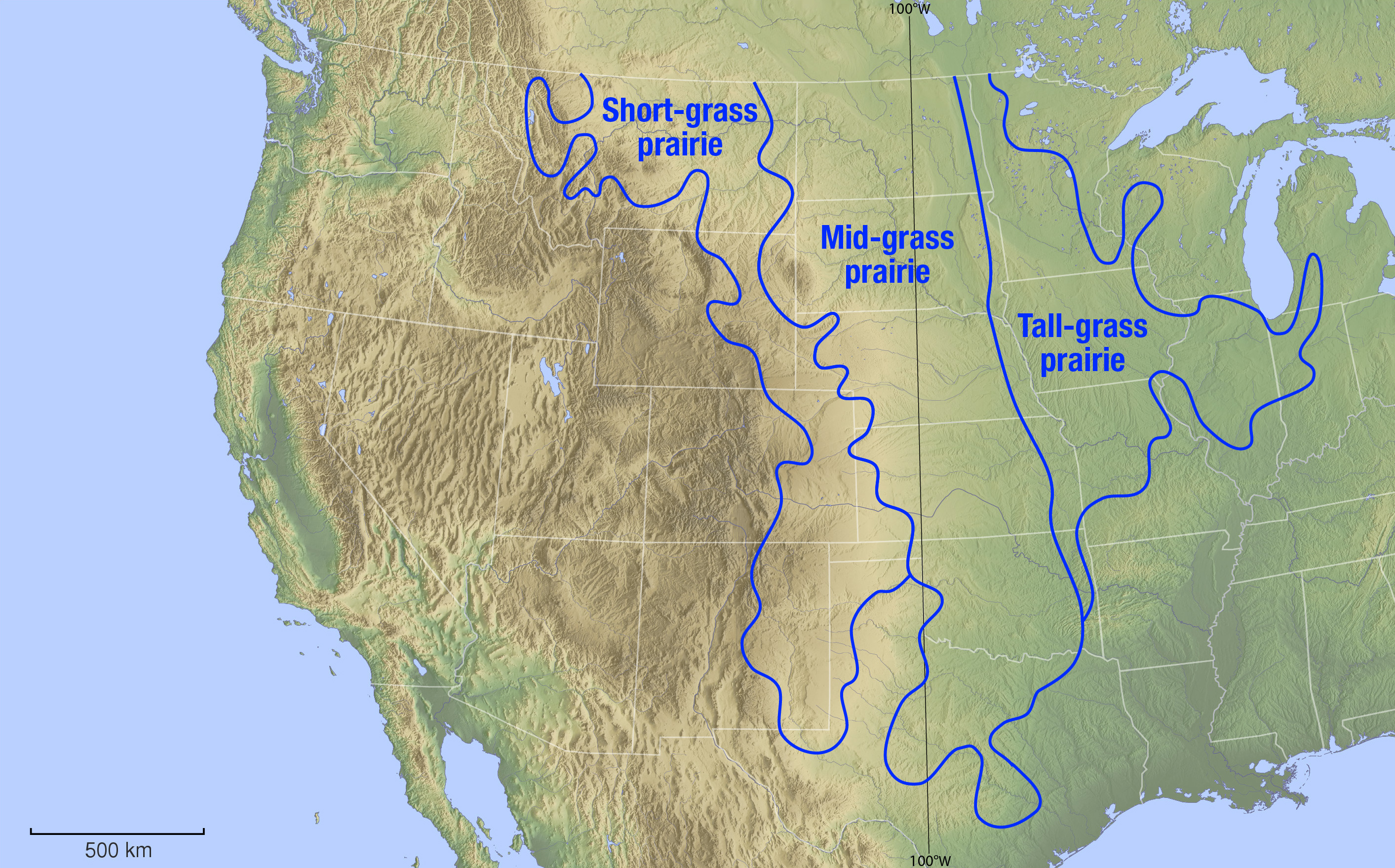
Based on amount of water in the ecosystem, we have three different prairie types:
Wet Prairie: Lots of water, deep clay silt loam or peat soil, poor drainage. Marsh milkweed and prairie cordgrass are two species of plants common to the wet prairie.
Mesic Prairie: Some water, medium-deep silt or sandy loam soil, good drainage. These areas have by tall grasses (bluestem and Indian grass). Here you will also find rosinweed and yellow coneflower. By late summer, flowers of the mesic prairie may reach 4 to 6 feet high.
Dry Prairie: Little water, dry shallow soil over sand or limestone. Dry prairies on steep slopes are also called “goat prairies. Little bluestem and purple coneflowers grow here in dry prairies.
Other interesting facts about prairies and the Great Plains:
- The Central Valley of California is a prairie, even though it is not in the Great Plains.
- Those tall-grass prairies shown above are not in the Great Plains either
- Parts of the ND and Canada prairies have abundant prairie potholes, which are lakes and ponds left behind by retreating glaciers
- At one time, a large inland sea covered the Great Plains

- Remember “Little House on the Prairie?” Pioneers settled the prairies, and turned them into the “bread basket” of the world. Land was free through Homestead Act. Very little original grasslands exist after the land became agricultural.
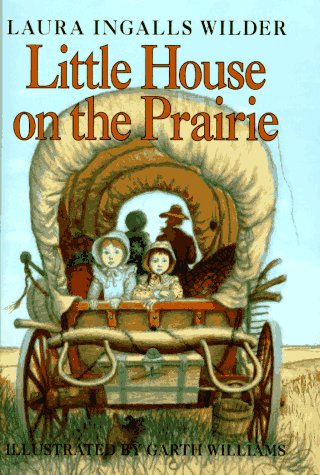
- Much of the agriculture is in grass plants/grains, not unlike the original plants
- Settlers first lived in soddies-houses made of prairie sod- since trees were scarce

The settlers of the prairies tended to go where their relatives and others of their ethnic group settled. Entire regions were Scandinavian, German, Russian, Scottish, French, and English. As we all know, these ethnic Euro-Americans displaced Native Americans who previously thrived on the Prairies.

Great Writers and Novels about Prairie Life (US and Canada)
- Willa Cather (esp My Antonia)
- Laura Ingalls Wilder
- John Steinbeck (Grapes of Wrath)
- Sinclair Ross (As for Me and My House)
- Guy Vanderhaeghe (The Englishman’s Boy)
- Larry McMurtry ( esp. Lonesome Dove)
- W.O. Mitchell (Who Has Seen the Wind)
Other Reading:
- Marylinne Robinson (Gilead)
- Kent Haruf (all!)
- Prairie Gold Anthology: An Anthology of the American Heartland
